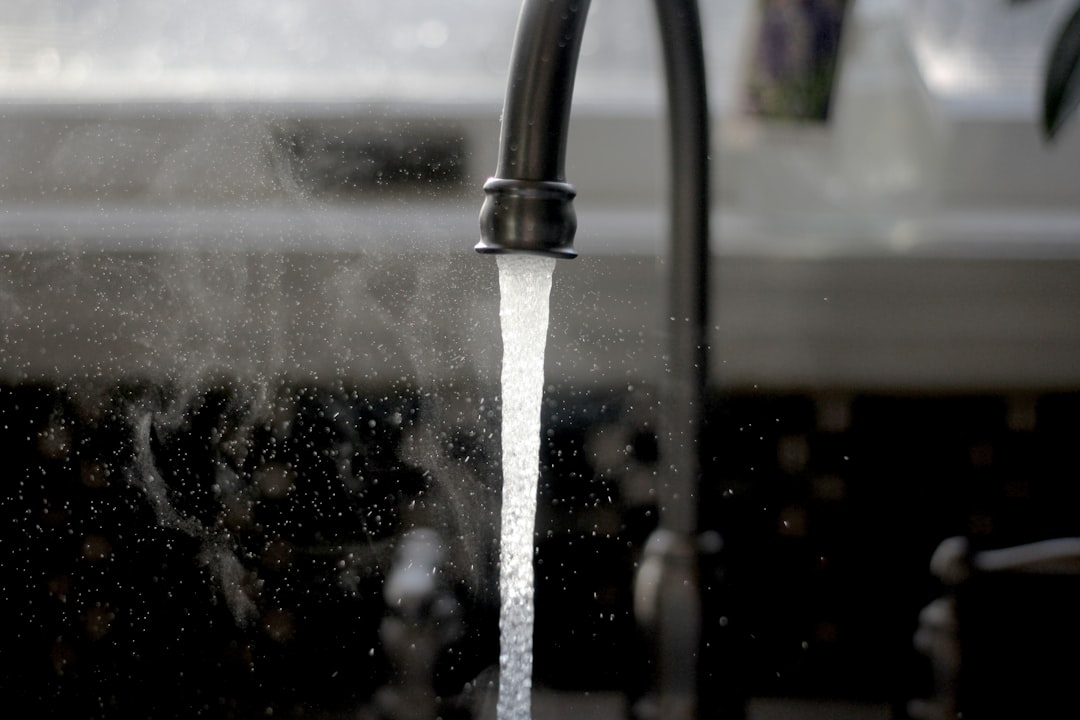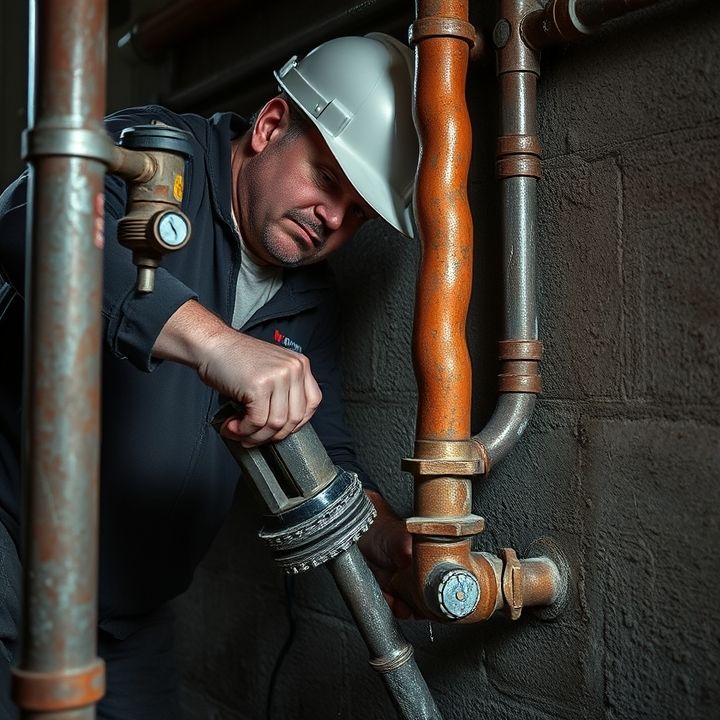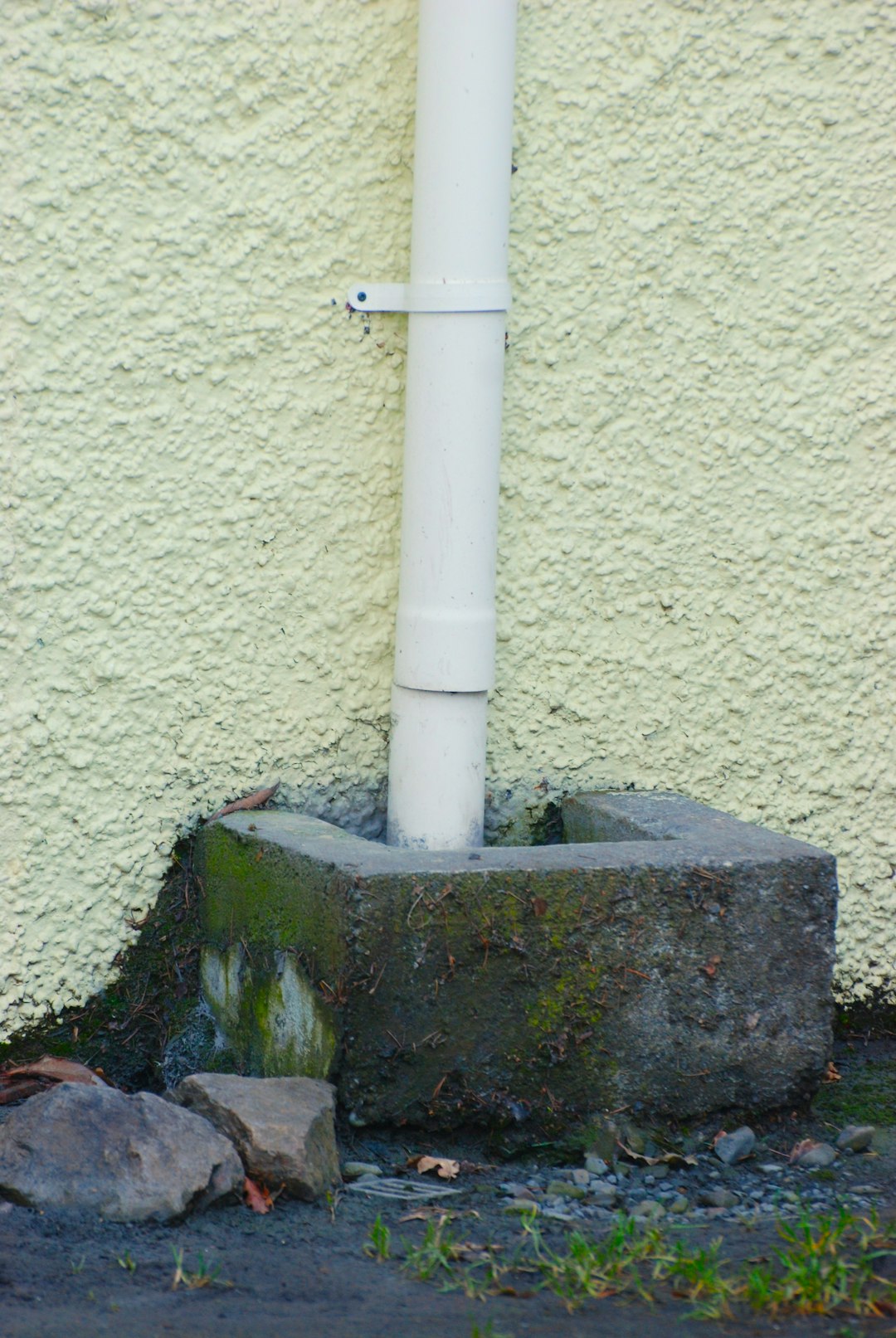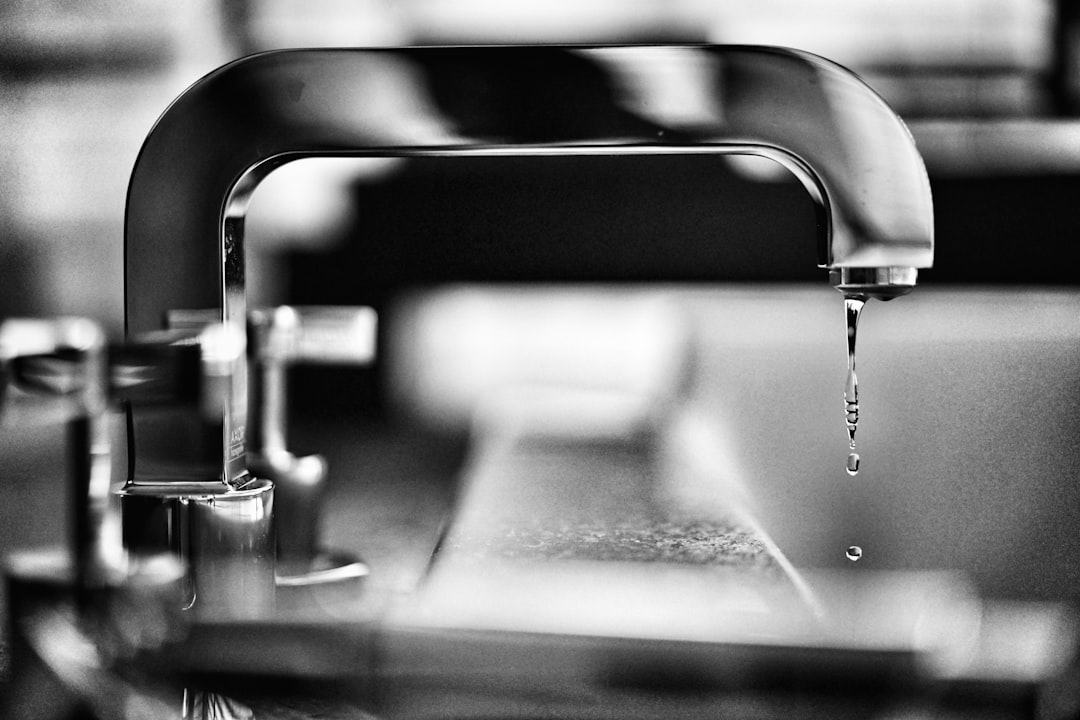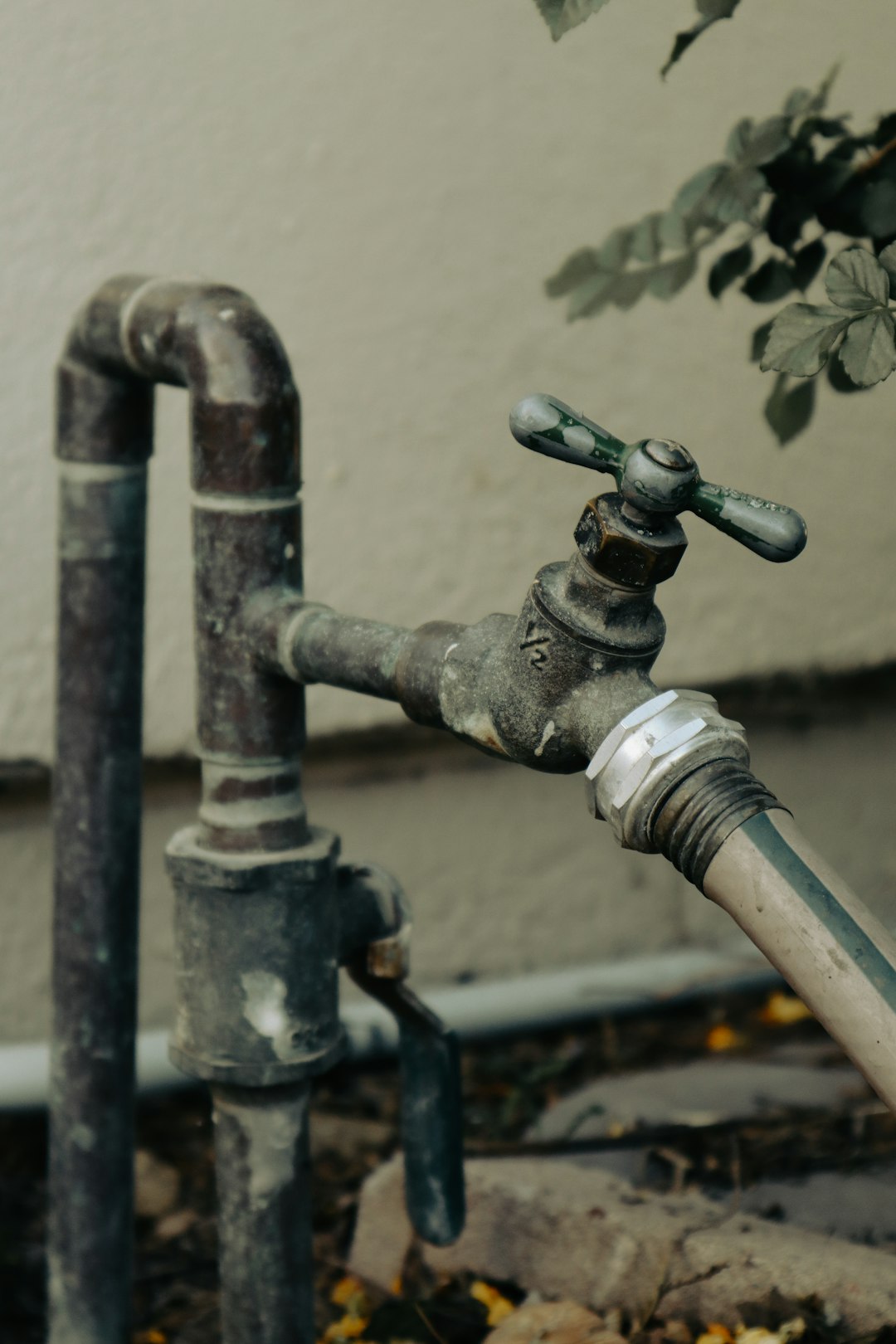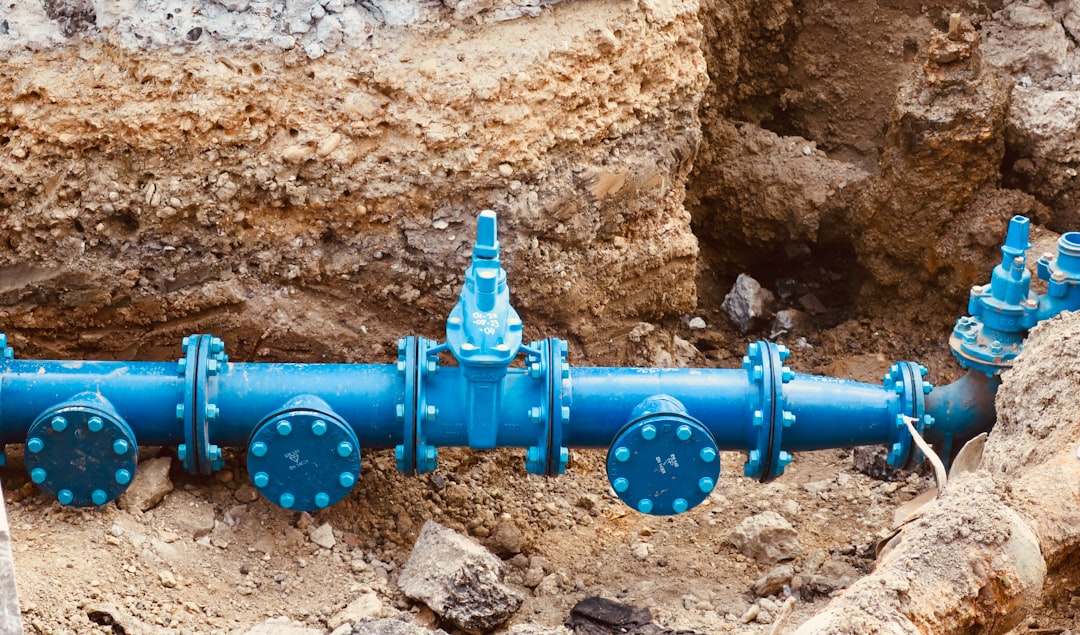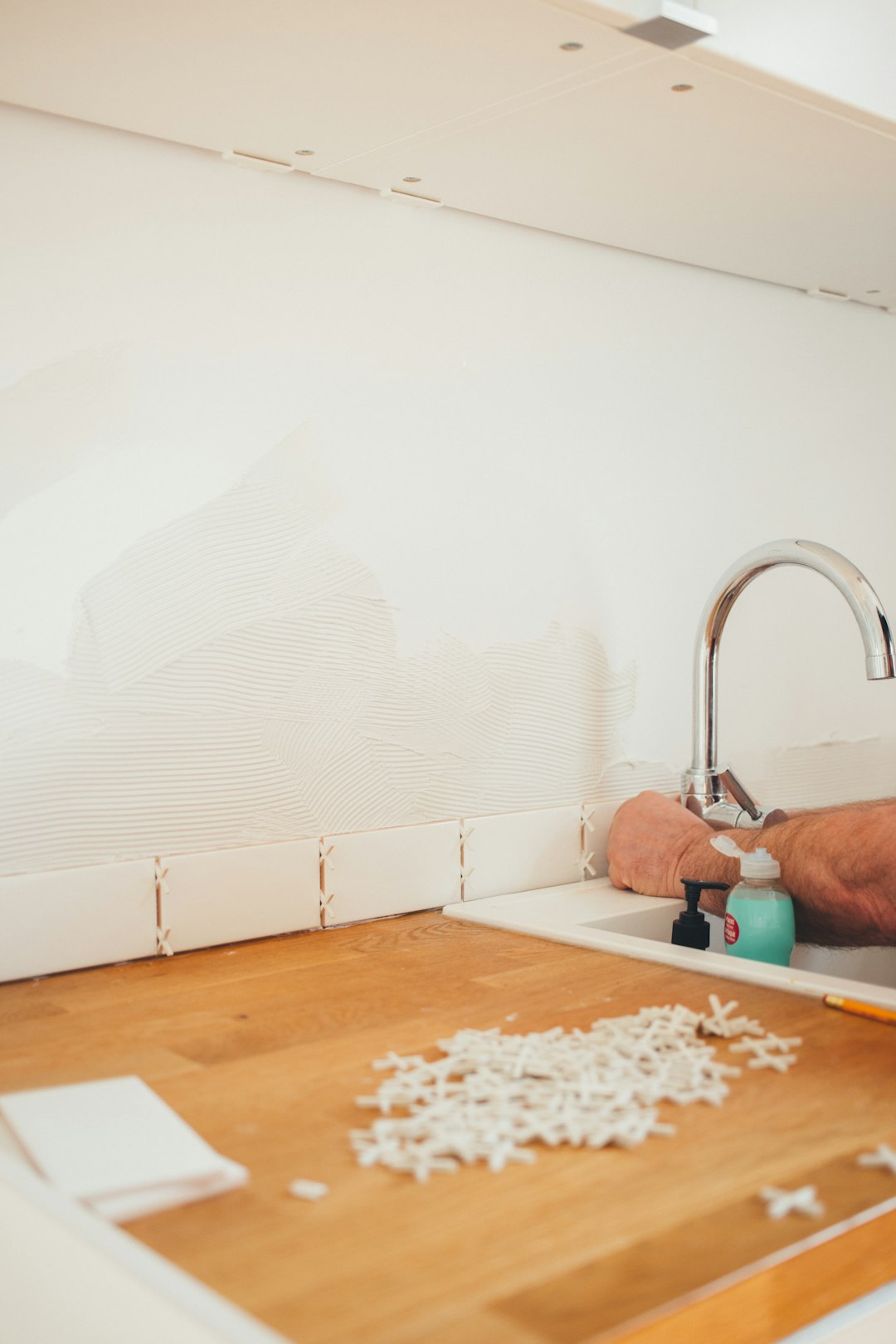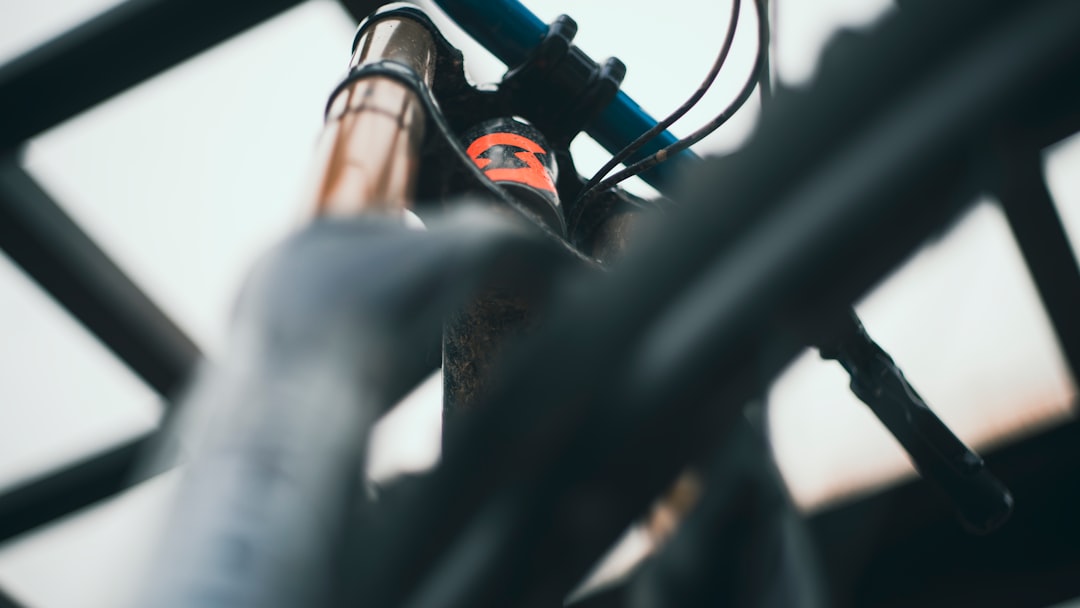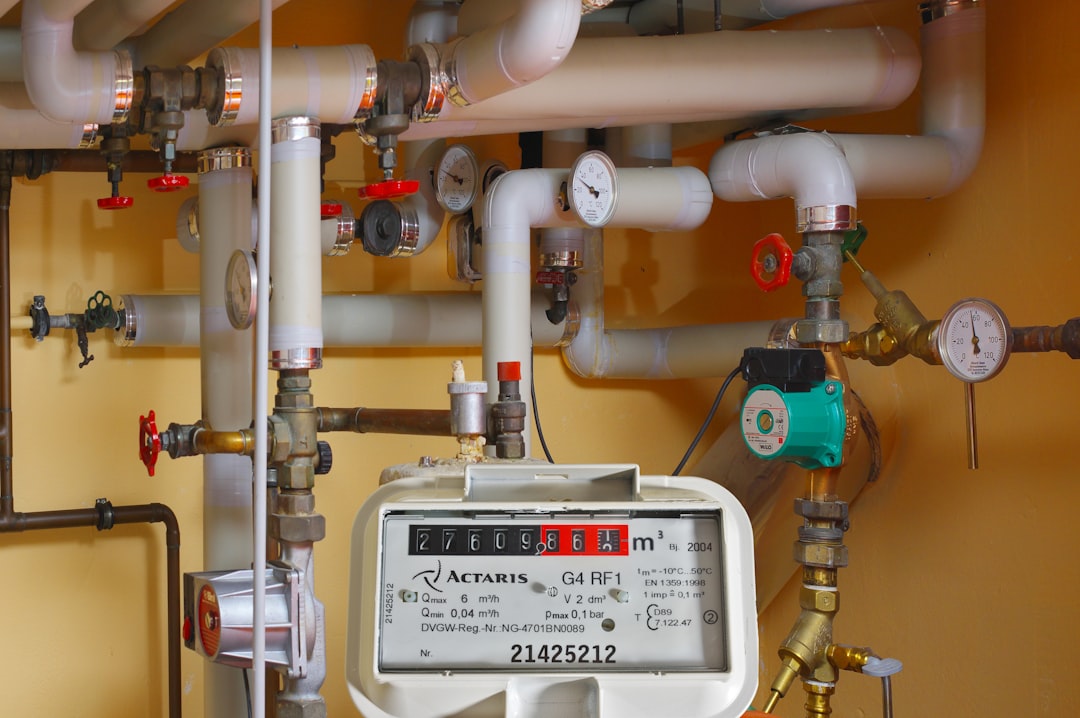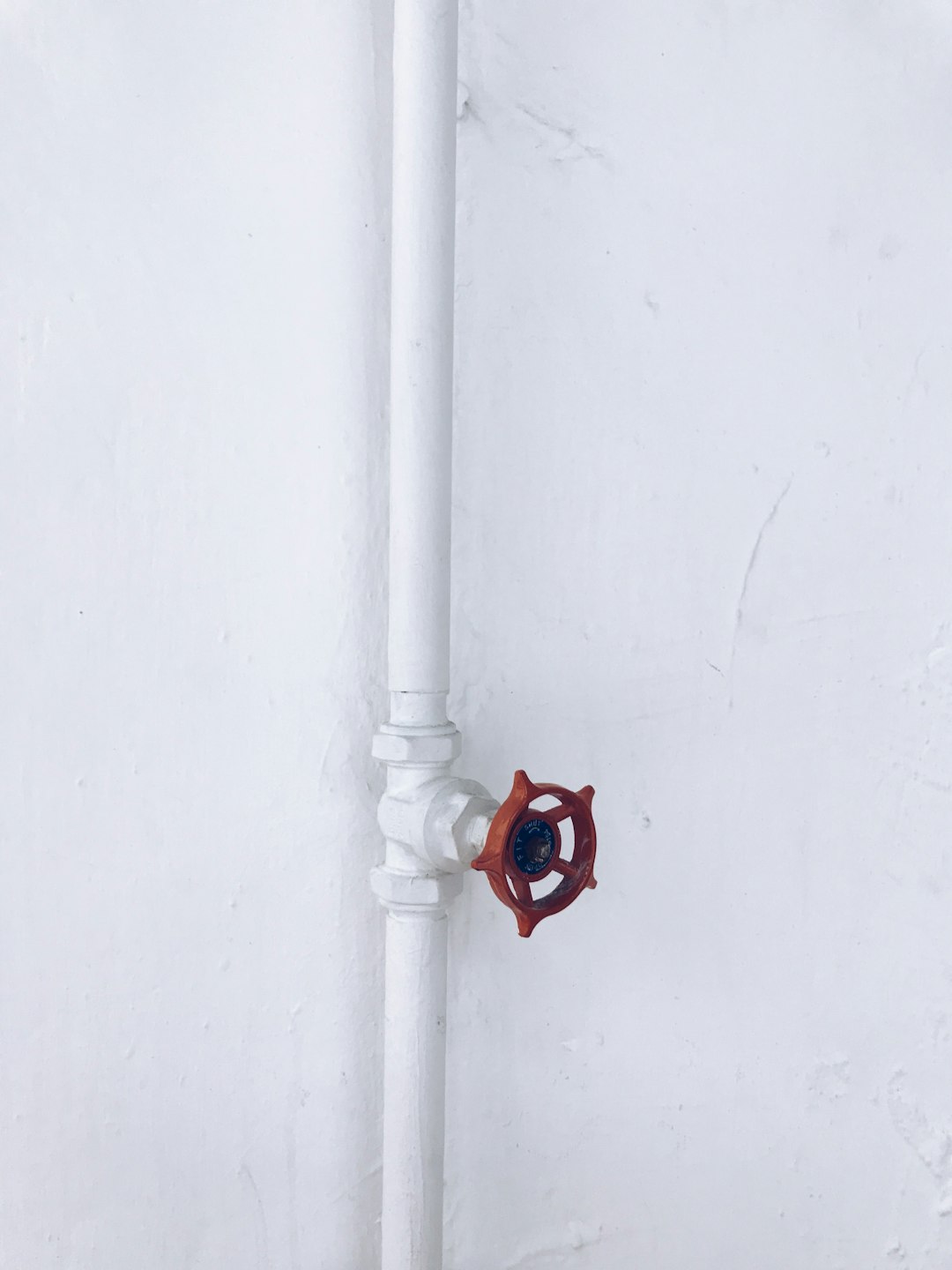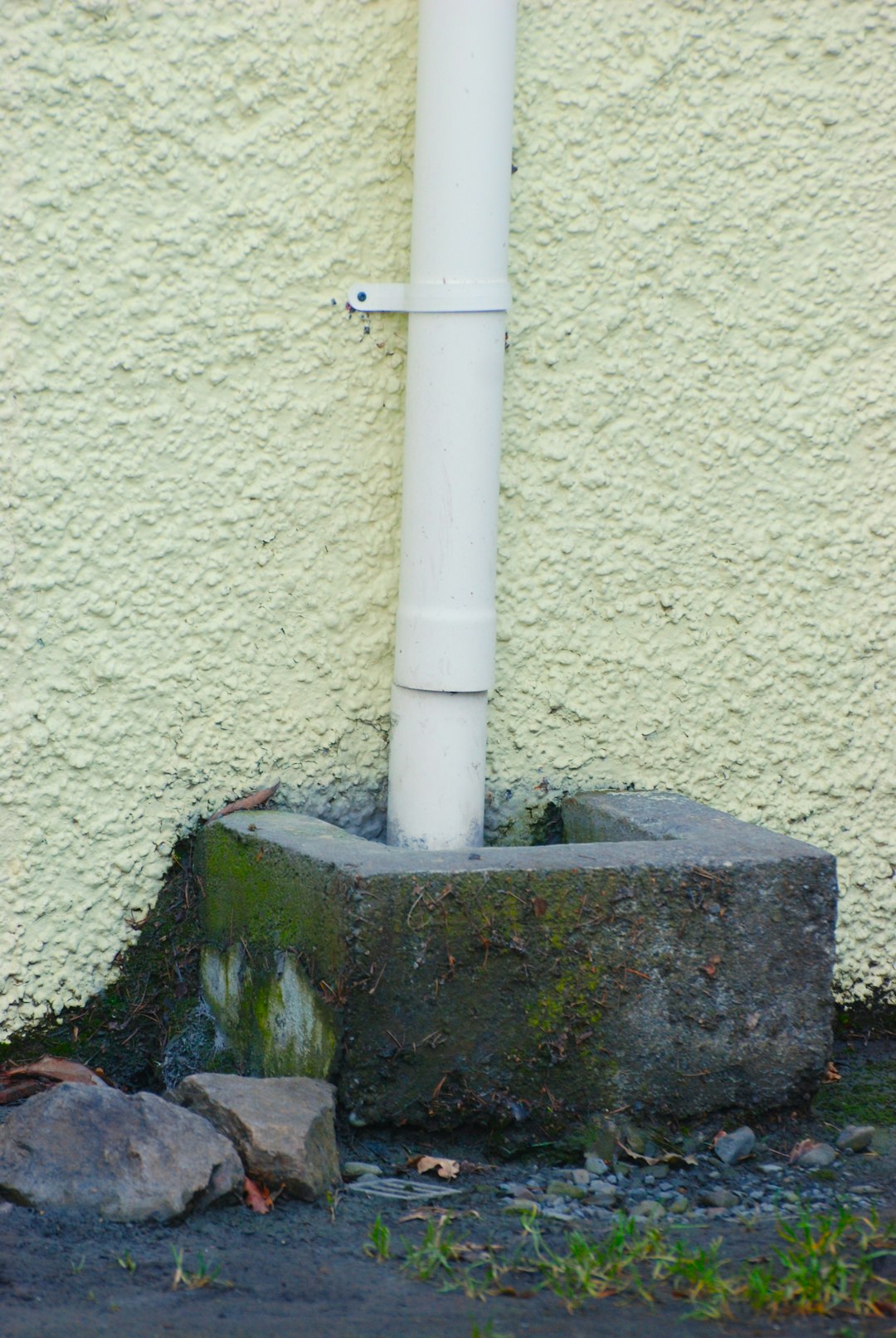Table of Contents
- Introduction
- Overview of plumbing experts and their qualifications
- Importance of plumbing maintenance and inspections
- Common plumbing issues and their solutions
- Emergency plumbing services and response times
- Innovative plumbing technologies and practices
- Cost considerations for plumbing services
- The role of plumbing in residential and commercial settings
- Choosing the right plumbing expert for your needs
- Conclusion
- Frequently Asked Questions
Introduction
Picture this: You’re in the middle of your daily routine when suddenly, a mysterious drip disrupts your peace. A plumbing issue can feel like a nightmare, but it doesn’t have to be. Welcome to ‘Plumbing Experts Unveiled,’ where we delve into the intricate world of plumbing mastery, unraveling the secrets behind those seemingly magical fixes.
In this guide, we aim to equip you with the knowledge to navigate the often murky waters of plumbing expertise. From understanding the basics of your home’s plumbing system to recognizing when it’s time to call in a professional, our article is your go-to resource. Whether you’re a homeowner looking to tackle minor repairs or someone curious about the profession itself, there’s something here for everyone.
Join us as we explore tips, tricks, and the essential tools that every plumbing expert swears by. Get ready to transform your plumbing woes into a world of possibilities!
Overview of plumbing experts and their qualifications
Plumbing experts are professionals who specialize in the installation, maintenance, and repair of plumbing systems in residential and commercial properties. They possess a thorough understanding of pipes, fixtures, drainage systems, and appliances that utilize water or gas. Their expertise is essential for ensuring that plumbing is functional, safe, and in compliance with local regulations.
Qualifications for plumbing experts typically include a combination of education and hands-on experience. Many begin their careers by completing a formal training program at a vocational school, which often covers plumbing principles, blueprint reading, and plumbing codes. After formal education, aspiring plumbers usually enter an apprenticeship program where they gain practical experience under the supervision of licensed professionals.
To become fully qualified, plumbers often need to obtain a license, which usually requires passing an exam that tests their knowledge of plumbing systems and local codes. Continuous education is also crucial, as plumbing technology and regulations can change, making it essential for experts to stay updated on industry standards.
Importance of plumbing maintenance and inspections
Plumbing maintenance and inspections are crucial for ensuring the longevity and efficiency of a plumbing system. Regular maintenance helps identify potential issues before they escalate into costly repairs. Small leaks, clogs, and sediment buildup can lead to significant damage if left unaddressed. Additionally, routine inspections allow for the assessment of water pressure and the functionality of fixtures and appliances, ensuring that everything operates smoothly.
Furthermore, maintaining your plumbing system can contribute to energy efficiency. Well-maintained pipes reduce the risk of leaks, which can waste water and increase utility bills. Regular checks can also help to identify outdated fixtures that consume more water than necessary, allowing homeowners to upgrade to more efficient models.
Engaging professional plumbing experts for maintenance can provide peace of mind, knowing that experienced technicians are monitoring your system. They can offer valuable insights into the condition of your plumbing and suggest preventive measures to avoid future issues. Ultimately, investing in plumbing maintenance and inspections is a proactive approach that can protect your home and save you money in the long run.
Common plumbing issues and their solutions
Common plumbing issues can disrupt daily life and require prompt attention to prevent further damage. One of the most frequent problems is a leaky faucet, which can waste significant amounts of water over time. The solution often entails replacing a worn-out washer or O-ring.
Another prevalent issue is clogged drains, frequently caused by debris buildup, hair, or grease. To address this, a plunger or a drain snake may be used to clear the obstruction. For more stubborn clogs, a mixture of baking soda and vinegar can help dislodge the material.
Additionally, running toilets can be a nuisance and usually indicate a faulty flapper or fill valve. Replacing these components typically resolves the problem. Lastly, water heater issues, such as insufficient hot water or leaks, can arise as the unit ages. Flushing the tank and checking the heating elements can often restore functionality.
Being aware of these common plumbing issues and their solutions can save homeowners time and money, promoting a more efficient household.
Emergency plumbing services and response times
Emergency plumbing services are crucial for addressing urgent issues that can arise unexpectedly, such as burst pipes, severe leaks, or clogged drains. These situations often require immediate attention to prevent further damage to property and mitigate inconveniences.
Response times for emergency plumbing services can vary greatly depending on the plumbing company and the time of day. Many reputable plumbing services offer 24/7 availability, ensuring that help is just a phone call away, even during weekends and holidays. Generally, response times can range from as little as 30 minutes to several hours, influenced by factors like the plumber’s proximity to the location and the severity of the issue at hand.
In urgent scenarios, it is advisable to contact local plumbing experts who prioritize emergency responses. Their swift action not only resolves the immediate problem but also provides peace of mind, knowing that certified professionals are handling the issue. By understanding the importance of prompt response times, homeowners can take proactive measures to secure reliable plumbing services, ensuring their emergencies are addressed quickly and efficiently.
Innovative plumbing technologies and practices
Innovative plumbing technologies and practices are transforming the industry, making systems more efficient and sustainable. One notable advancement is the use of trenchless technology, which allows for the repair and installation of pipes without extensive digging. This method minimizes disruption to landscapes and reduces labor costs. Additionally, smart plumbing systems are gaining popularity. These systems utilize IoT devices to monitor water usage in real-time, detect leaks, and manage water pressure, all of which lead to conservation and cost savings.
Another innovation involves the materials used in plumbing. PEX (cross-linked polyethylene) piping is increasingly favored over traditional metal pipes, as it is more flexible, resistant to corrosion, and easier to install. Moreover, energy-efficient water heaters, such as tankless models, provide hot water on demand, reducing energy consumption compared to conventional units.
Green plumbing practices, such as rainwater harvesting and greywater recycling, are also becoming integral to sustainable water management. These approaches not only preserve valuable resources but also lower water bills for consumers, contributing to both environmental and economic benefits.
Cost considerations for plumbing services
When considering plumbing services, cost plays a significant role in decision making. Pricing can vary widely based on several factors, including the type of service required, the complexity of the job, and the location of the property.
For routine services such as drain cleaning or faucet repairs, costs are typically more predictable and can range from $100 to $400. In contrast, emergency services, such as fixing burst pipes or sewage issues, may incur higher charges due to the urgency of the situation.
Another essential consideration is the labor costs, which are often calculated based on the plumber’s hourly rate. This rate can be influenced by the plumber’s experience, certifications, and the local market rates. Furthermore, additional expenses may arise from the materials needed for repairs or installations, which can vary significantly.
Other factors that may affect overall plumbing costs include permits for larger projects and potential inspection fees. Therefore, obtaining multiple quotes and discussing all potential charges upfront can help homeowners make informed choices regarding plumbing services.
The role of plumbing in residential and commercial settings
Plumbing plays a crucial role in both residential and commercial settings, ensuring the effective management of water and waste systems. In residential environments, plumbing is responsible for providing clean and accessible water for daily activities such as cooking, bathing, and sanitation. It also includes the installation of fixtures like sinks, toilets, and showers, which are essential for comfortable living. Proper plumbing systems help prevent water contamination and protect homeowners from potential health hazards associated with plumbing failures.
In commercial settings, plumbing is equally important as it supports larger-scale operations with more complex needs. Businesses rely on efficient plumbing for various functions, including restroom facilities for employees and customers, as well as water supply for manufacturing processes. Regular maintenance and prompt repairs in both environments are necessary to avoid disruptions, reduce costs, and ensure safety. From fixing leaky pipes to installing water heaters, plumbing experts play a key role in maintaining the functionality and efficiency of these systems, catering to the unique demands of each setting.
Choosing the right plumbing expert for your needs
Choosing the right plumbing expert for your needs is essential to ensure that any plumbing issue is addressed effectively and efficiently. When looking for a plumber, consider their qualifications and experience. Licensed plumbers have completed the necessary training and exams, giving you peace of mind in their skills.
Ask for recommendations from friends, family, or neighbors who have had positive experiences with local plumbing services. Online reviews and ratings can also provide insights into a plumber’s reputation.
It’s important to get multiple quotes from different plumbing experts to understand the market rates. This approach will help you avoid overpaying for services. Ensure that the plumber you choose offers a warranty on their work, which indicates confidence in the quality of their services.
Lastly, consider the plumber’s availability and response time, especially if you are dealing with an emergency situation. A reliable plumbing expert should be able to respond quickly to urgent issues to minimize potential damage to your property.
Conclusion
In conclusion, understanding the essential role of plumbing experts is key to maintaining the functionality and safety of your plumbing systems, whether in residential or commercial settings. From routine maintenance to emergency repairs, skilled plumbers use their expertise to address common issues and incorporate innovative technologies for improved efficiency. It is vital to choose the right plumbing professional who offers both quality service and reliability. Whether you’re dealing with a minor leak or a major plumbing emergency, taking proactive steps and seeking professional help can save time and money in the long run. Don’t wait for a plumbing issue to escalate; call 573-555-2121 today for expert plumbing assistance and ensure your pipes are in top condition!
